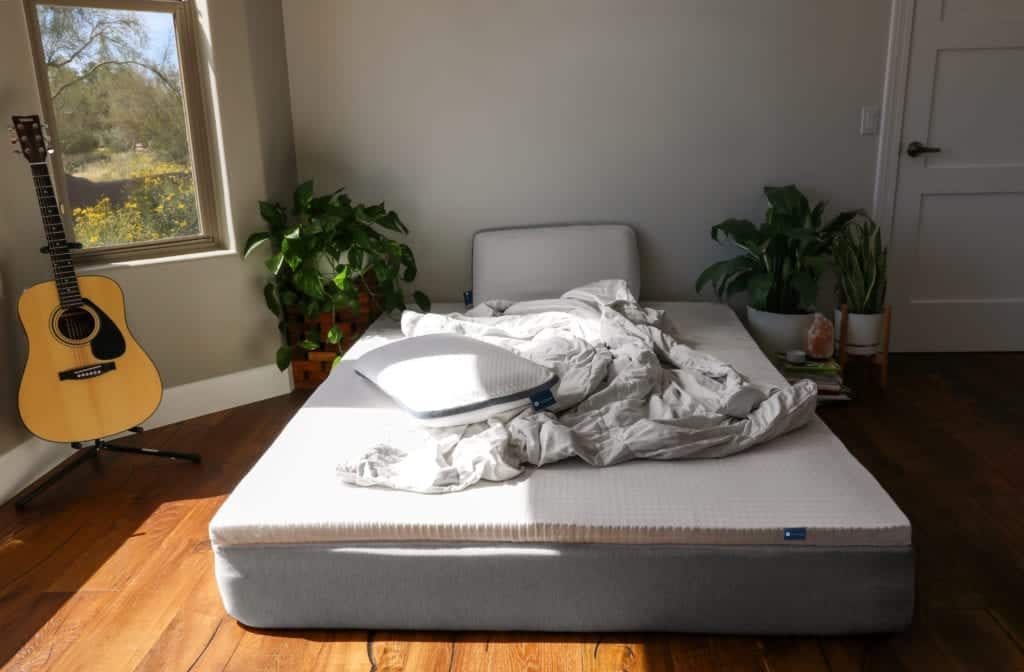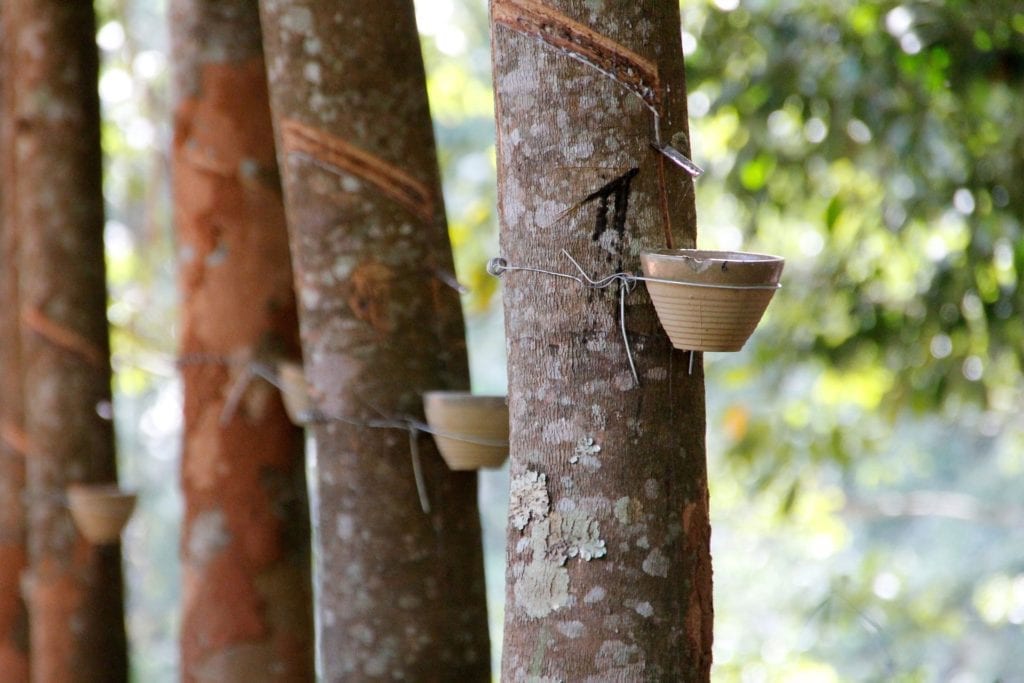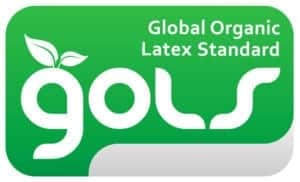Latex bedding products have been around for about 100 years and currently demand is sharply on the rise. Latex mattresses, mattress toppers and pillows are commonplace once again. However, there are different formulations of latex and they aren’t created equal, wading through sometimes misleading or absent information often makes uncovering the truth difficult for sound purchasing decisions. To better understand latex differences a bit of history is helpful.

Latex Foam History
Latex foam for bedding use was invented in the 1920’s. The Dunlop company (yes, the tire company) figured out how to transform liquid rubber tree sap into supple foam. It quickly became a significant component for the mattress industry and initially all latex foam for bedding was produced from 100% natural latex. But, during WW2, raw latex like many other commodities was diverted for the wartime effort to make tires and other items. Scientists scrambled to find an alternative. Synthetic latex, using petroleum compounds, was then invented as an attempt to reproduce the molecular structure of natural latex, it was an early version of plastic.
The continued evolution of plastics transformed how foam was made and in turn transformed the mattress industry. While latex for the bedding industry has always been available, it fell out of favor for “new-tech” and low-cost foams often used today. As consumers have become increasingly more conscious and educated about the products they consume and surround themselves with, latex is surging back, largely due to its natural & health benefits along with its unique ability to simultaneously provide pressure relief and postural support.
Here’s a rundown of the four latex formulations found today.
Synthetic Latex
Synthetic latex is a man-made version of natural latex. It’s produced from petroleum compounds Styrene and Butadiene to create Styrene-Butadiene rubber known as SBR. As the name states, this is completely man-made and essentially a plastic like most other conventional foams. The cost is less than natural latex but is dependent on crude oil commodity pricing.
Synthetic latex requires more force to tear however it lacks the elasticity of natural latex, making it feel somewhat stiff. This lack of elasticity prevents synthetic latex from resiliently stretching to support your posture in the same way natural latex can. The result is a one-dimensional benefit experience the same as most traditional non-latex foams.

Blended Latex
Blended latex is a combination of synthetic latex and natural latex. Usually, blends contain between 15% – 25% natural latex with the remainder being synthetic latex. Blends are very common as marketers tout “natural” ingredients without having to pay for a completely natural product.
Usually when or if the term “blended” is discussed it’s marketed as being the “best of both worlds”, natural for elasticity and synthetic for strength. The reality is, it’s usually mostly synthetic and when blended with such little natural latex it doesn’t provide the same elasticity benefits as all-natural latex. There is a cost advantage to blended latex but the material is still substantially a plastic.
Natural Latex
Natural latex is as the name describes. Raw liquid latex is harvested from tropical rubber trees and transformed into foam without the addition of any synthetic latex. Latex trees are farmed on plantations in tropical environments, mostly found in southeast Asia. The latex is harvested using a similar process to harvesting sap from maple trees for maple syrup. It’s sustainable without harming the trees and each tree produces about 1 gallon of liquid latex sap per day.
Natural latex has an elasticity not found in petroleum foams because it’s rubber, not plastic, natural latex stretches yet simultaneously pushes back uniquely providing both pressure relief and postural support at the same time. Other foams usually do one or the other, but not both.
One important fact to look for when considering natural latex is the purity of the latex foam itself. While the latex used in natural latex may be 100% natural, sometimes extenders are added which dilute the latex. These are called “fillers” and are most commonly clay, calcium oxide or titanium dioxide. When these are added to the mixture the integrity of the latex is diminished. The result is reduced durability and is often experienced as flaking dust appearing from the latex product over time. Natural latex producers still claim 100% natural when “fillers” are added and technically they are correct as no synthetic latex is added. However, it’s like watering down juice to get more servings. To avoid “fillers” look for latex suppliers that specifically state “no-fillers” to be sure you’re getting full strength 100% natural latex. Natural latex is what we use in our 100% natural latex mattress toppers.

Organic Latex
Organic latex is healthiest for the earth and the cleanest ingredient latex you can buy. It’s a little harder to find as only four latex factories worldwide are certified to produce it. Organic latex is 100% natural latex and has the same feel and sleep performance as natural latex, however, unlike natural latex, which is farmed via traditional methods, organic latex is farmed with strict organic practices. Plantations are segregated and maintained without the use of chemical pesticides. Frequent inspection and monitoring are required to maintain organic certification. One organic certification agency to look for when considering organic latex is GOLS. Organic latex is what we use in our organic mattress toppers.
GOLS (Global Organic Latex Standard) has pioneered the first global standard specifically for organic latex used the sleep products sector.

Latex used in bedding materials is seeing explosive growth because of its unique luxurious feel and health aspects. More and more new latex products and brands are popping up regularly with a diversity of offerings. Each of the four latex formulations have their place. Depending on lifestyle choices, sleeping needs and budget there’s one that will work for you. Understanding the differences and marketing language used to describe them helps you make informed decisions.

